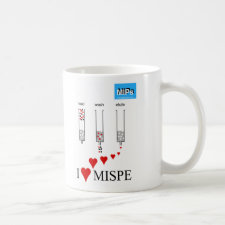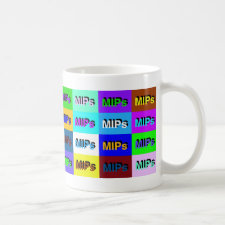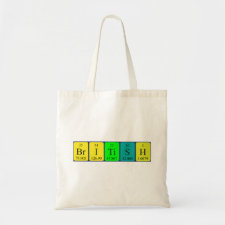
Authors: Rodríguez-Reino MP, Rodríguez-Fernández R, Peña-Vázquez E, Domínguez-González R, Bermejo-Barrera P, Moreda-Piñeiro A
Article Title: Mercury speciation in seawater by liquid chromatography-inductively coupled plasma-mass spectrometry following solid phase extraction pre-concentration by using an ionic imprinted polymer based on methyl-mercury-phenobarbital interaction.
Publication date: 2015
Journal: Journal of Chromatography A
Volume: 1391
Page numbers: 9-17.
DOI: 10.1016/j.chroma.2015.02.068
Alternative URL: http://www.sciencedirect.com/science/article/pii/S0021967315003416
Abstract: Trace levels of inorganic mercury, methyl-mercury and ethyl-mercury have been assessed in seawater by high performance liquid chromatography (HPLC) hyphenated with inductively coupled plasma-mass spectrometry (ICP-MS) after solid phase extraction (SPE) pre-concentration with a novel synthesized ionic imprinted polymer. The adsorbent material was prepared by trapping a non-vinylated chelating ligand (phenobarbital) via imprinting of a ternary mixed ligand complex of the non-vinylated chelating agent, the template (methyl-mercury), and the vinyl ligand (metacrylic acid, MAA). Ethylene dimetacrylate (EDMA) and 2,2'-azobisisobutyronitrile (AIBN) were used as cross-linker and initiator reagents, respectively; and the precipitation polymerization technique was used in a porogen of acetonitrile/water (4:1). The best retention properties for methyl-mercury, inorganic mercury and ethyl-mercury species from seawater were obtained when loading 200 mL of sample adjusted to pH 8.0 and at a flow rate of 2.0 mL min-1 on a column-packed with 200 mg of the material. Quantitative mercury species recoveries were obtained using 4 mL of an eluting solution consisting of 0.8% (v/v) 2-mercaptoethanol and 20% (v/v) methanol (pH adjusted to 4.5) pumped at a flow rate of 2.0 mL min-1. Mercury species separation was achieved on a Kinetex C18 column working under isocratic conditions (0.4% (v/v) 2-mercaptoethanol, 10% (v/v) methanol, pH 2.5, flow rate 0.7 mL min-1). ICP-MS detection was performed by monitoring the mercury mass to charge ratio of 202. The limits of quantification of the method were 11, 6.7, and 12 ng L-1, for inorganic mercury, methyl-mercury and ethyl-mercury, respectively (pre-concentration factor of 50); whereas, analytical recoveries ranged from 96 to 106%. The developed method was successfully applied to several seawater samples from unpolluted areas
Template and target information: methyl-mercury, mercury, ethyl-mercury
Author keywords: ionic imprinted polymer, Mercury speciation, seawater, solid phase extraction, High performance chromatography, Inductively coupled plasma-mass spectrometry



Join the Society for Molecular Imprinting

New items RSS feed
Sign-up for e-mail updates:
Choose between receiving an occasional newsletter or more frequent e-mail alerts.
Click here to go to the sign-up page.
Is your name elemental or peptidic? Enter your name and find out by clicking either of the buttons below!
Other products you may like:
 MIPdatabase
MIPdatabase









